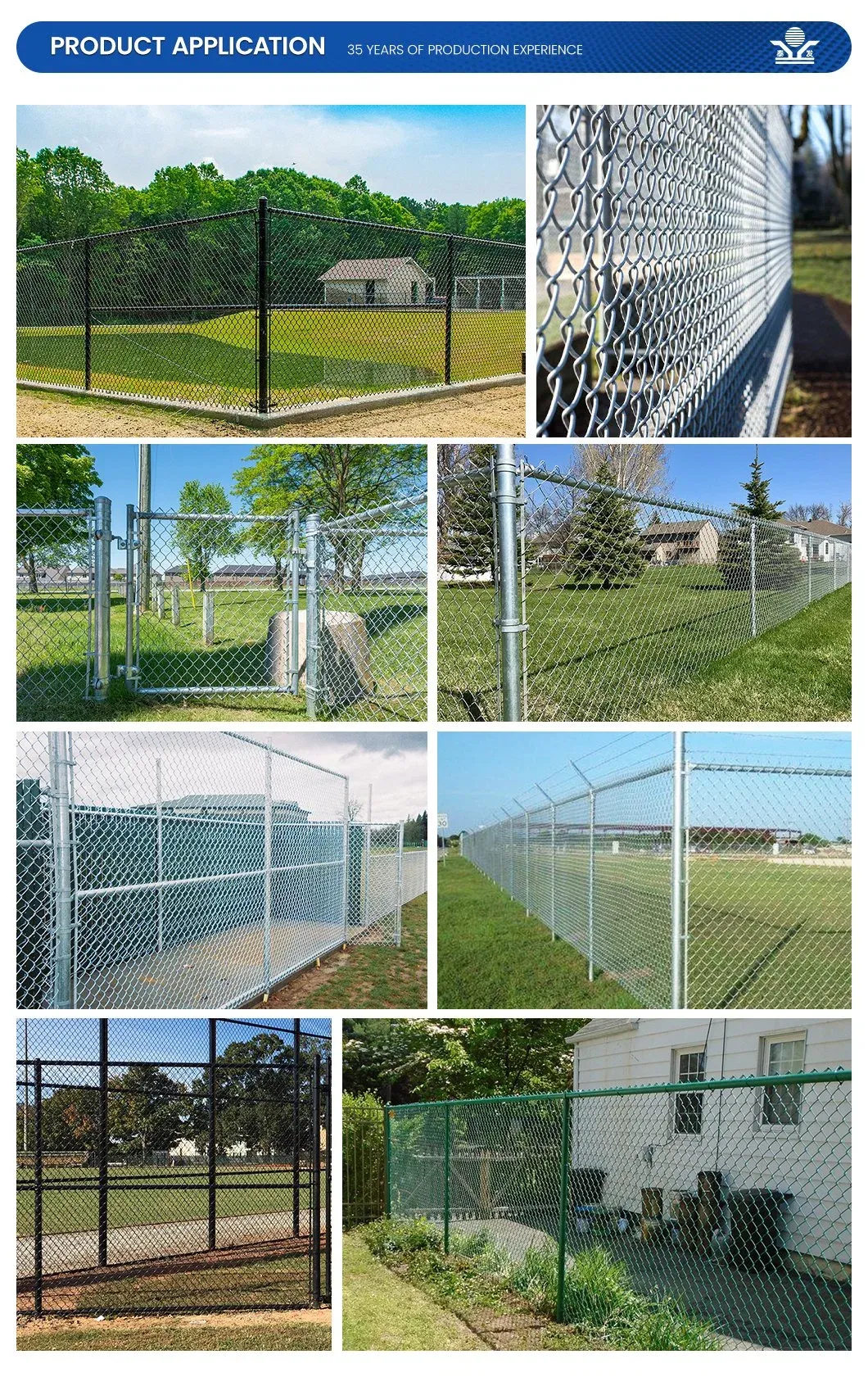Understanding Expanded Metal Mesh Standards and Sizes
Expanded metal mesh is a unique product that has gained popularity across various industries due to its versatility, strength, and design flexibility. Used in applications ranging from architectural features to industrial workspaces, understanding the standard sizes and specifications of expanded metal mesh can help in selecting the right product for your needs.
What is Expanded Metal Mesh?
Expanded metal mesh is created by slicing and stretching a solid sheet of metal, which results in a mesh-like pattern. This manufacturing process not only provides a lightweight material but also maintains considerable strength and rigidity. The mesh is available in various materials, including steel, aluminum, and stainless steel, making it suitable for both indoor and outdoor applications.
Standard Sizes of Expanded Metal Mesh
When discussing the standard sizes of expanded metal mesh, it is essential to understand the key dimensions that define it
1. Sheet Size Expanded metal mesh typically comes in standard sheet sizes, which are often 48 inches by 120 inches or similar dimensions, depending on the manufacturer. However, custom sizes can often be ordered to fit specific project requirements.
2. Opening Size The term 'opening size' refers to the size of the diamond-shaped openings in the mesh. Standard opening sizes can range from 1/4 inch to 2 inches, with the most common being around 1/2 inch. The choice of opening size affects airflow, visibility, and light transmission, essential factors for certain applications.
3. Thickness The thickness of the metal sheet before it is expanded also plays a critical role in the strength and application of the mesh. Standard thicknesses often range from 0.025 inches to over 0.100 inches. Thicker sheets are generally used in applications requiring higher load-bearing capacities.
4. Strand Width The 'strand width' refers to the width of the metal strips formed during the expansion process. A standard width could range from 1/8 inch to 1/2 inch. The width impacts the aesthetic appeal and the strength of the mesh, making it an important factor in selection.
expanded metal mesh standard size

5. Expansion Ratio The expansion ratio is a crucial specification that determines how much the original metal sheet has been expanded. Common ratios include 21, 31, or more, influencing both the appearance and structural integrity of the finished product.
Applications
Expanded metal mesh's robust design and customizable options allow it to serve various applications effectively
- Architectural Applications Many architects employ expanded metal mesh for facades, railings, and decorative features, taking advantage of its unique aesthetics and the ability to provide privacy without completely obstructing views.
- Industrial Uses In industrial settings, expanded metal is often utilized for safety guards, machine enclosures, and platforms, providing strength and ease of installation.
- Security Applications The mesh is used in fencing and security barriers, offering visibility while maintaining a higher level of strength than traditional fencing materials.
- Filter Media Expanded metal is used in filtration and drainage applications, ensuring proper fluid flow while preventing larger particles from passing through.
Conclusion
Understanding the standard sizes and specifications of expanded metal mesh is essential when choosing the right product for your project. The versatility and strength of expanded metal make it a popular choice across various applications, and knowing the available sizes, opening options, thickness, and strand widths can significantly impact your project's success. By considering these factors, you can ensure that you select an expanded metal mesh that meets your specific requirements, whether for architectural design, industrial applications, or security solutions. Always consult with manufacturers or suppliers to obtain precise specifications and recommendations tailored to your needs, ensuring that you make an informed decision.
-
Versatility of Expanded Aluminum Metal for Various Applications
NewsMay.19,2025
-
The Geometry of Steel Gratings: Why It Matters
NewsMay.19,2025
-
Reinforcement Applications of Perforated Mesh in Masonry
NewsMay.19,2025
-
Essential Tools for Installing a Deck Mesh Railing
NewsMay.19,2025
-
Anti-Slip Flooring Made with Stainless Expanded Mesh
NewsMay.19,2025
-
Adjustable Steel Grating for Uneven Terrain
NewsMay.19,2025
Subscribe now!
Stay up to date with the latest on Fry Steeland industry news.

